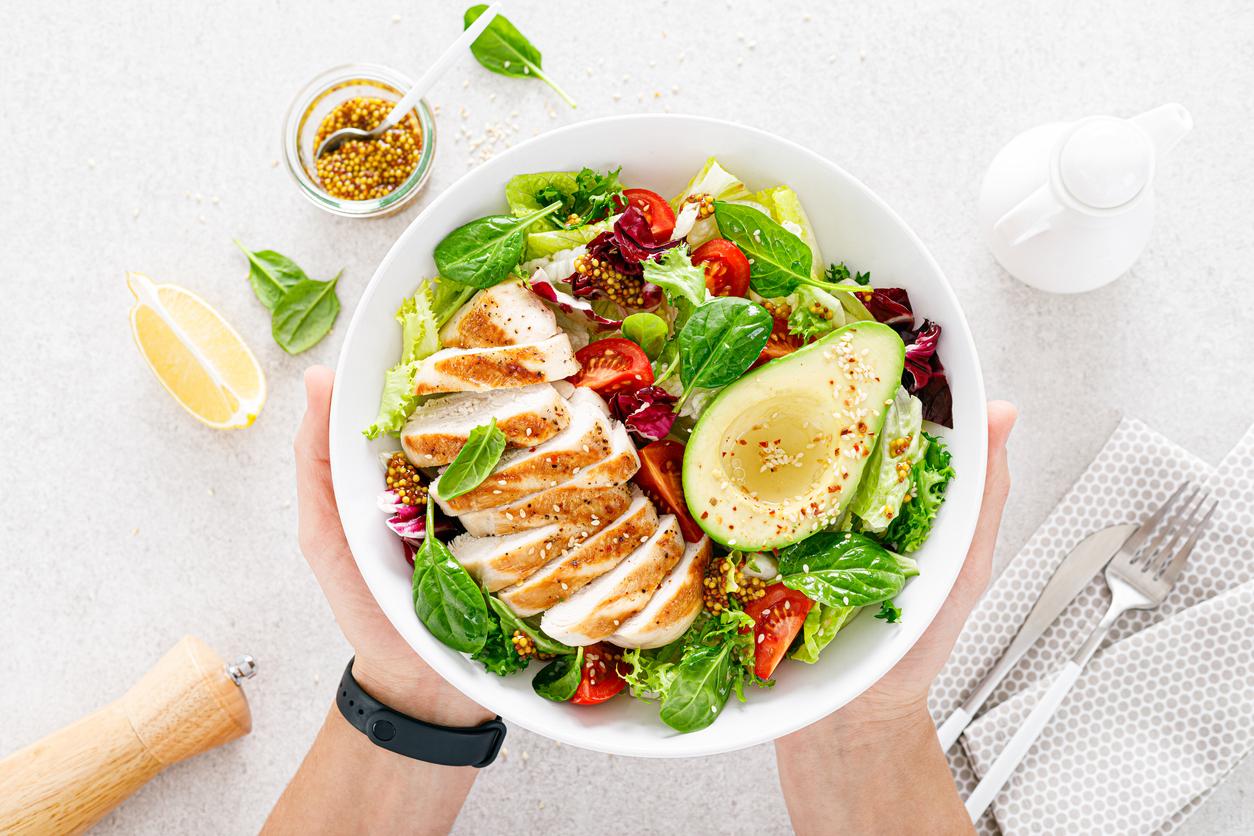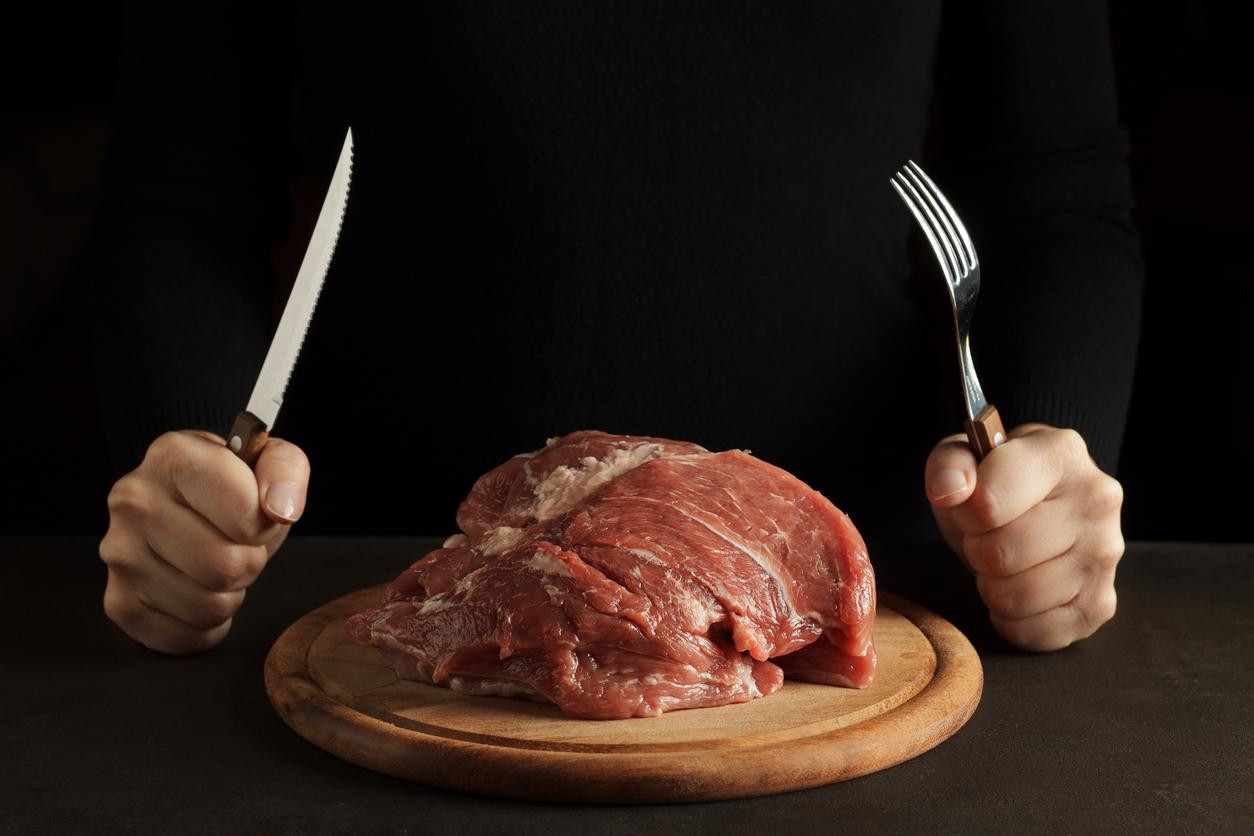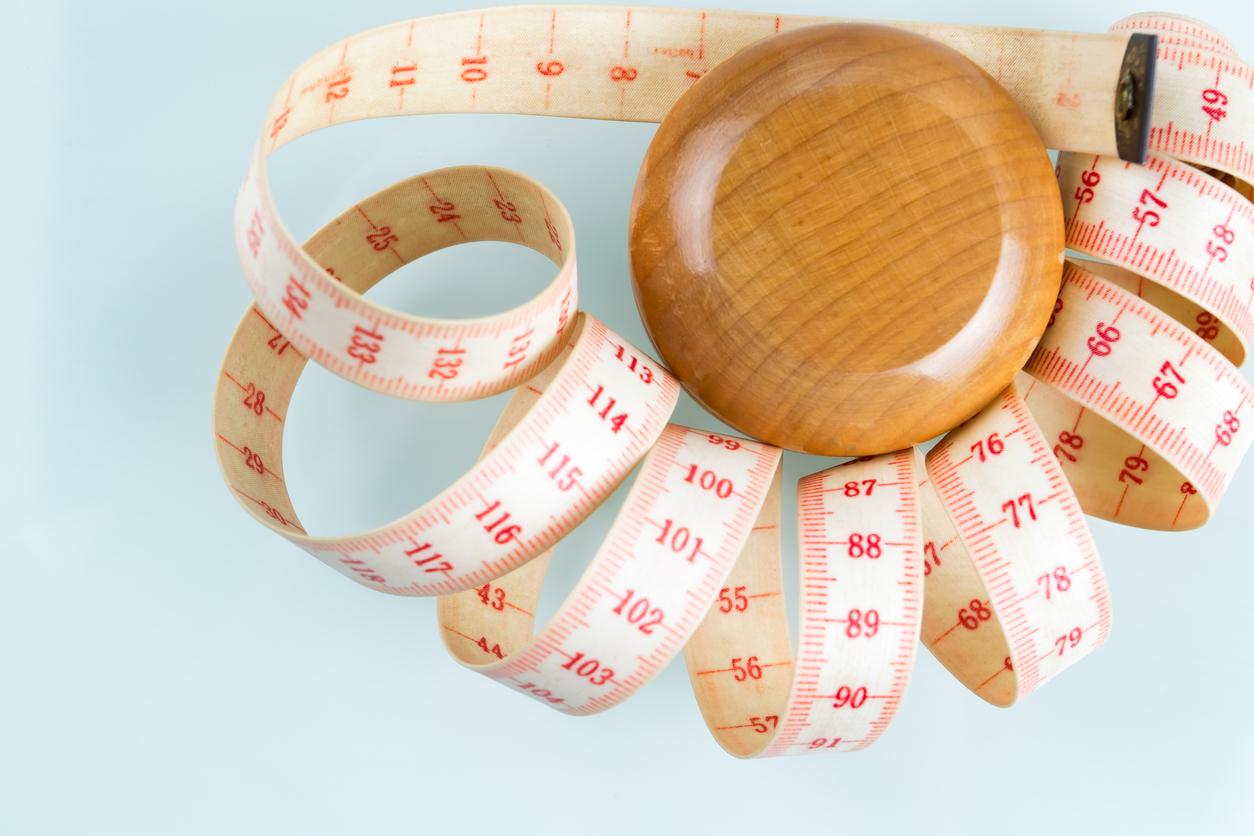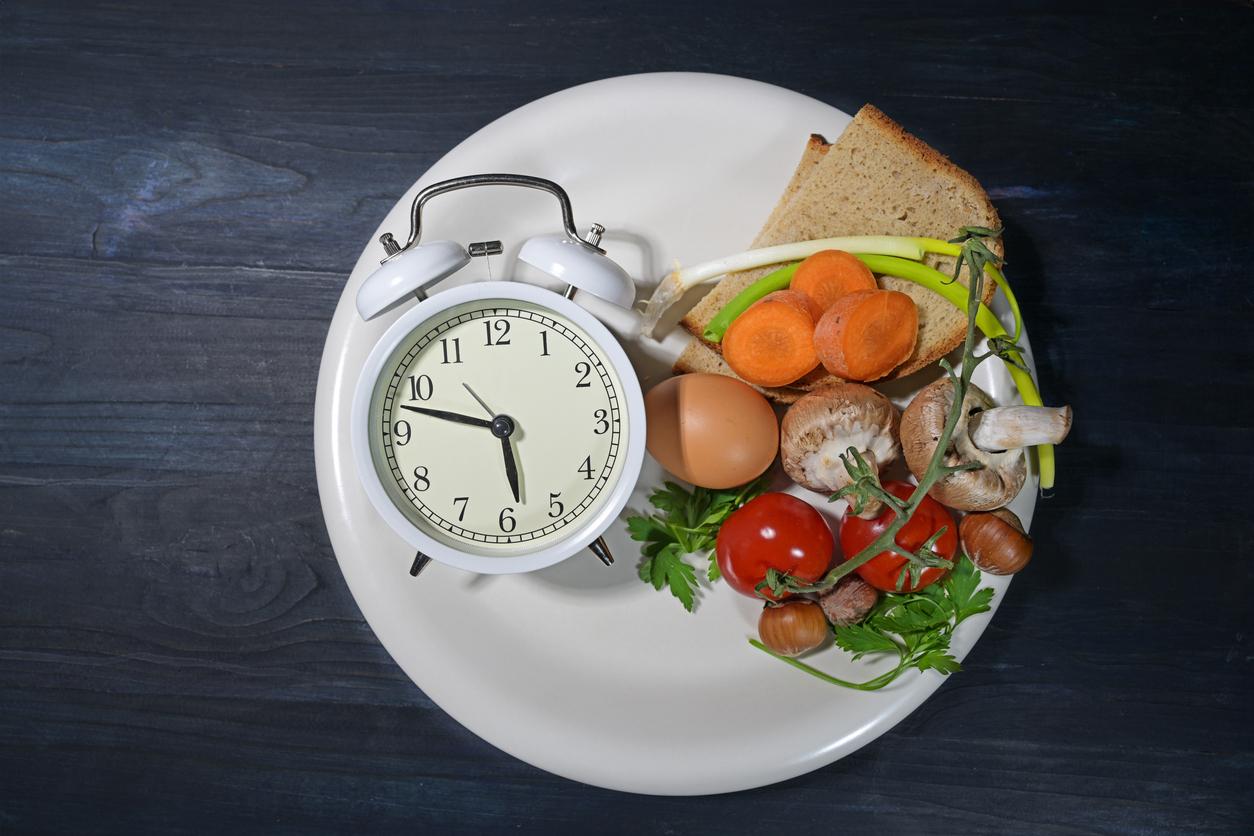In the majority of cases, overweight is chronic and recurrent. Once you’ve gotten the results you hoped for from dieting, a new challenge awaits. To keep your wasp waist, you will put yourself in “dietary control” ad vitam æternam.
What does stabilization actually consist of? In this phase of exit from diet, it is generally proposed to gradually increase the energy level of the diet until reaching the level where there is neither gain nor loss of weight.
Keep control
You have regained a wasp waist (or almost) and you tell yourself that you have gone on a diet so it’s good. It’s finish. Error !
You have to keep control! The exercise is tedious because it requires constant control of calories, meals, preparation of dishes. In some extremely careful and very rigorous people, it can work.
In fact, the only interest of the stabilization lies in the fact that the regular observance of food constraints is a source of motivation.
Yes to food freedom!
It’s better to focus on the principle of food freedom. Admittedly, it has harmed the United States a lot, because it has allowed Americans to loosen up, both in the food consumption of the population and in the products invented by the food industry.
The result ? A country whose population is globally overweight, with obesity affecting 25% of Americans, the wasp waist of Marylin Monroe (who already had a “generous” body) is a long way off. To fit into her dress, you may have that Kim Kardashian had to lose 7 or 8 kg in 3 weeks… no comment, that’s not our topic.
But this is nevertheless what is recommended at the coming out of a diet. This is based on a simple observation: when we take stock of what we ate over a week, there are many meals that can be considered as diet meals or with dietary resonance, without necessarily being restrictive.
So the best technique is to take gradually a little more freedom as you progress through your diet.
A free meal, it is a meal that is not considered as a deviation, therefore a meal that contains two out of three choice dishes. For example, we can take the appetizer that makes us happy (even a slice of foie gras !), followed by dish in sauce.
As we have consumed the credit of the two free dishes, we end with a natural yoghurt or a fruit.
Another option: the two free courses are the main course and the dessert, which requires you to take, for example, a green salad or some raw vegetables very lightly seasoned appetizers and omit the bread.
Managing and Reimbursing Discrepancies
As soon as we go beyond this model of two free dishes, we leave the framework of a “normal” meal to enter the framework ” difference “. A slice of foie gras, followed by meat in sauce with sautéed potatoes, then a chocolate éclair is a gourmet mealnot a “normal” meal.
To preserve its weight and its wasp size, one then enters the recovery system which requires managing the gap through a “detox” phase. And this, even when we are in the “stabilization” phase.
In general, it is good to gradually increase the number of free meals. In concrete terms, this means keeping 11 strictly “diet” meals out of the 14 in a week and to agree 3 completely free meals, either successive, or distributed in the week. This phase lasts 2 weeks.
Then, we gradually increase the free meals to first move to 5 free meals over a week. For example, we can agree a weekend without special supervision from Friday evening.
It is certain that the weight on the scale on Monday morning will have increased, but it should be back to its initial level the following Friday. It’s kind of a stabilization method.
A free meal, a controlled meal
We then continue in this way until we reach one free meal per day and one controlled meal per day. It is a completely empirical method and the only criterion for surveillance will be the weight on the scale.
Some people will continue to lose weight even with 7 free meals per week. Good for them! Others will not be able to exceed 3 free meals per week, but they must accept this truth : there will be one weight gains as soon as a normal diet is resumed.
It is unfair, but that’s how it is: each organism is unique. To master this system and know when you have found your balance point, you have to rely on your balance.
There is no definitive weight loss, nor definitive wasp waist, without permanent control of one’s diet. Some mention the risk of orthorexia. Because the best way not to regain weight is to admit no excessive weight gain.
Keep your wasp waist: 1 kg regained = 1 kg to lose
As soon as you have exceeded 3 or 4 kg of weight gainyou will be condemned to redo a diet. In the same conditions as before, with strong motivation, strategies to strengthen your determination and a lot of courage, because you know that the most difficult moment is to engage in combat.
This is why it is necessary to intervene as soon as possible as soon as one notices on his scale a “going off course”.
Another “breaking the diet” technique. It consists of do not allow weight gain of more than 1 kg, provided that it is present on two successive weighings. Weigh yourself on Monday, then Wednesday or Thursday. You gained 1 kg? Do nothing.
Wait to weigh yourself on Sunday, and if that extra pound is still there, you have no choice but to resume a diet streak.
As said in the introduction: overweight is chronic and recurrent. Vigilance is key, but keeping control means keeping full health… and your wasp waist, or almost!


















